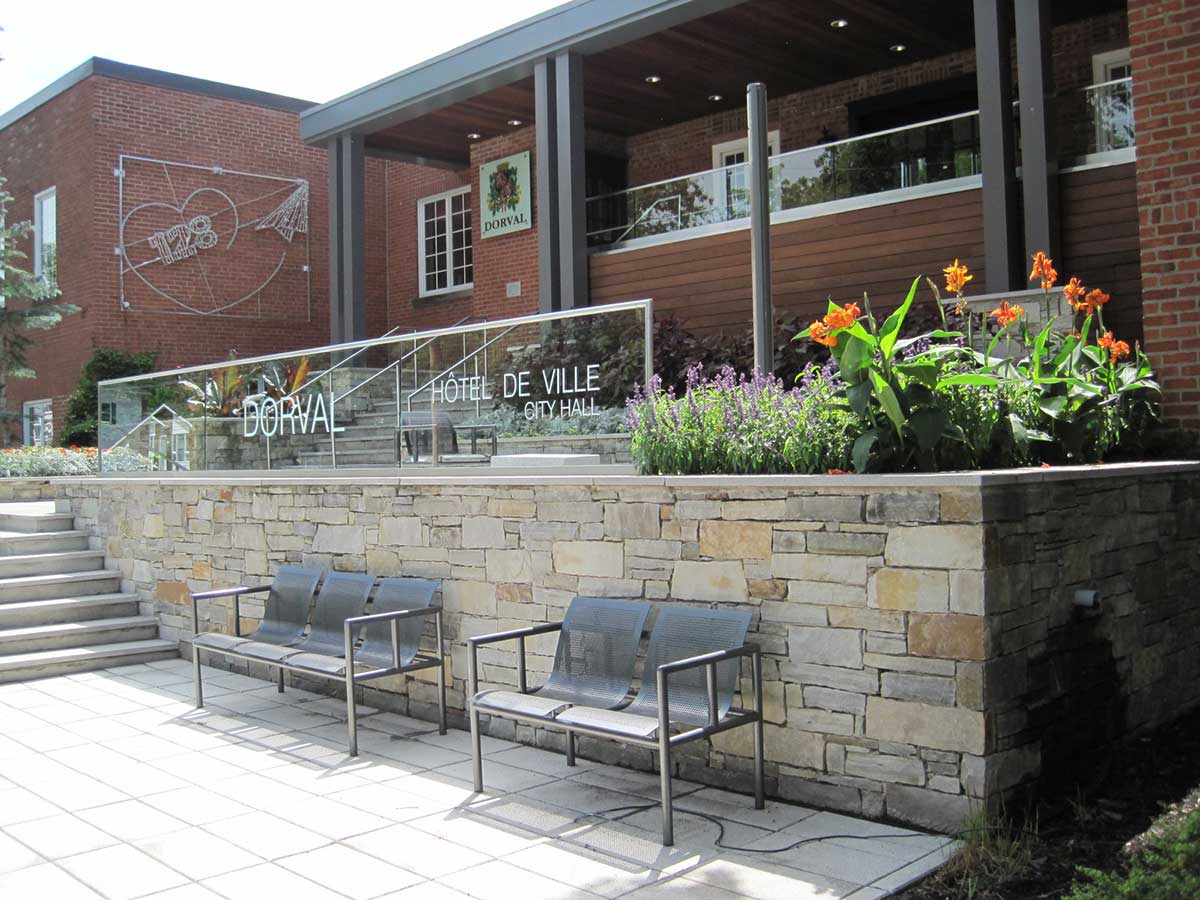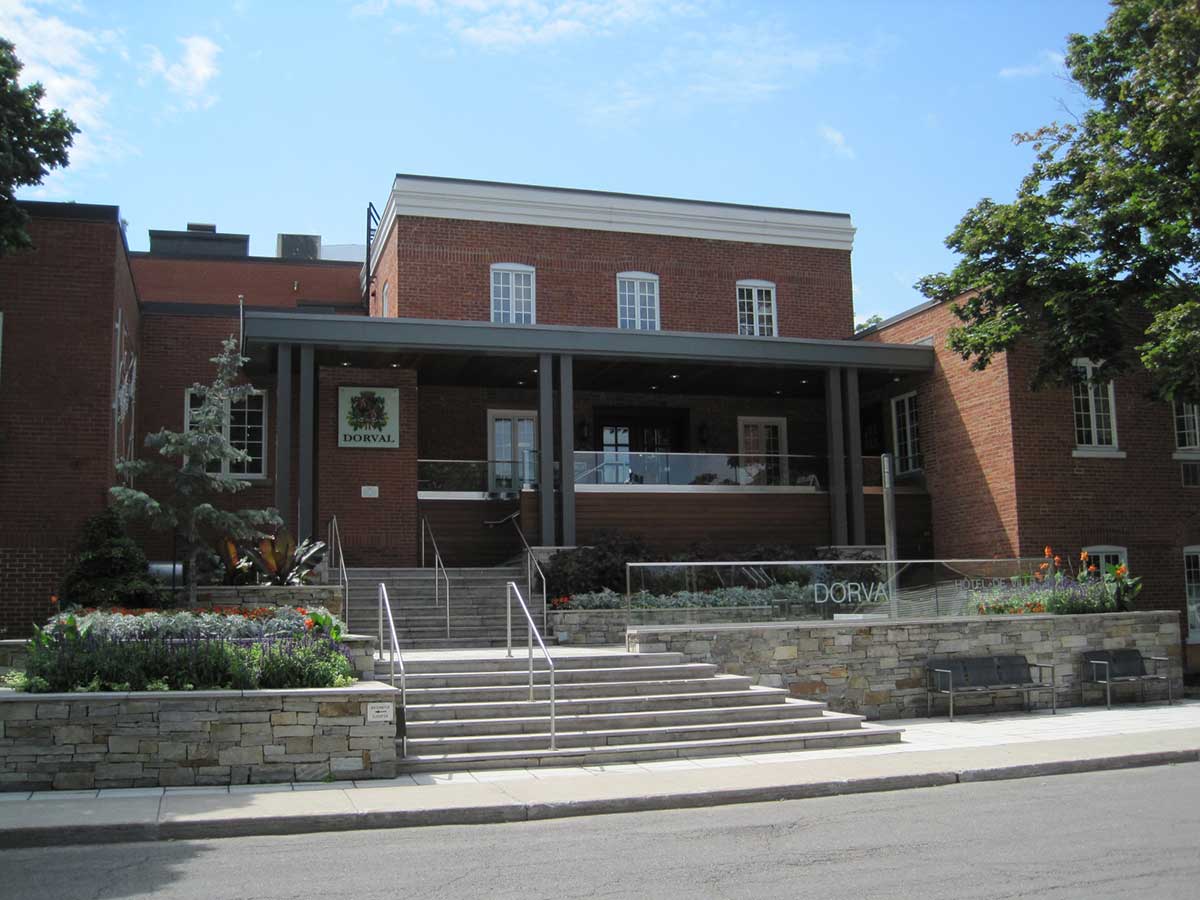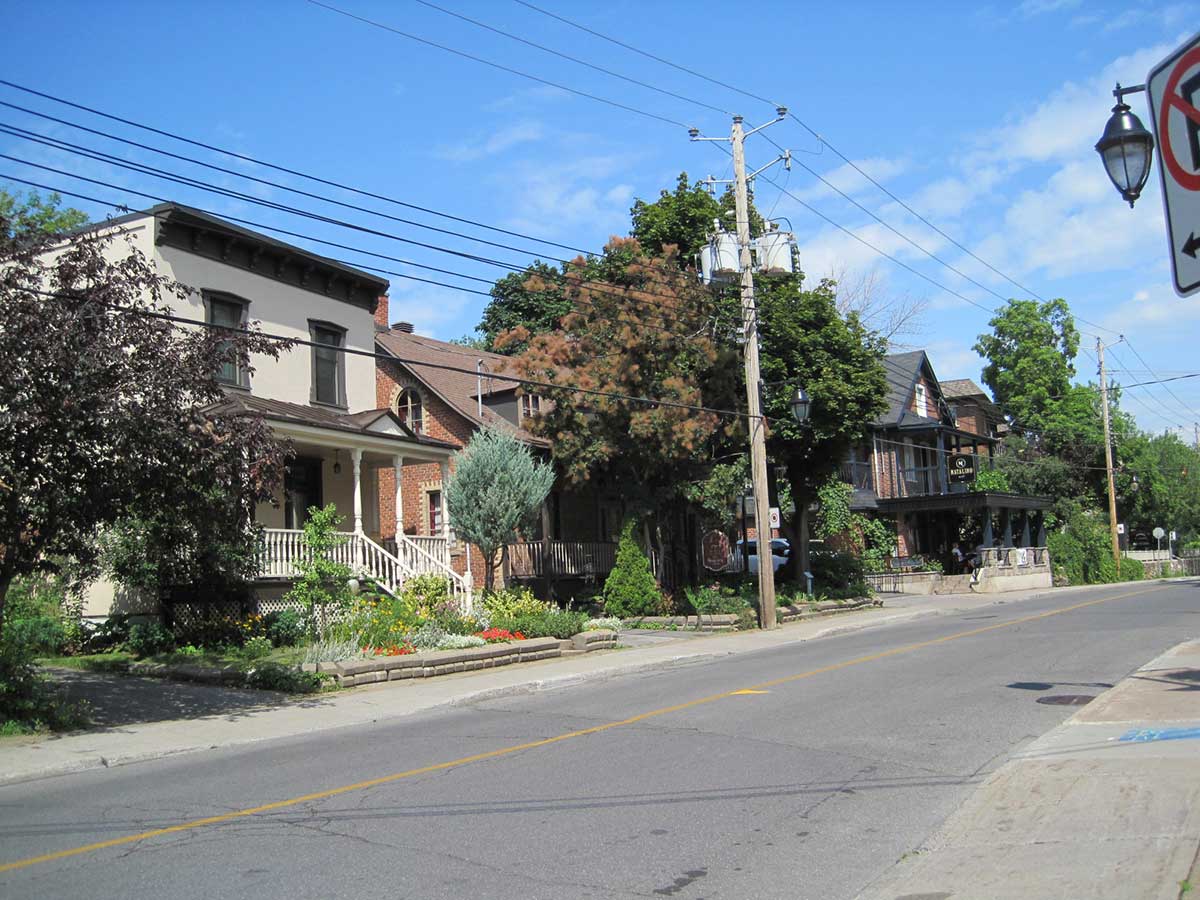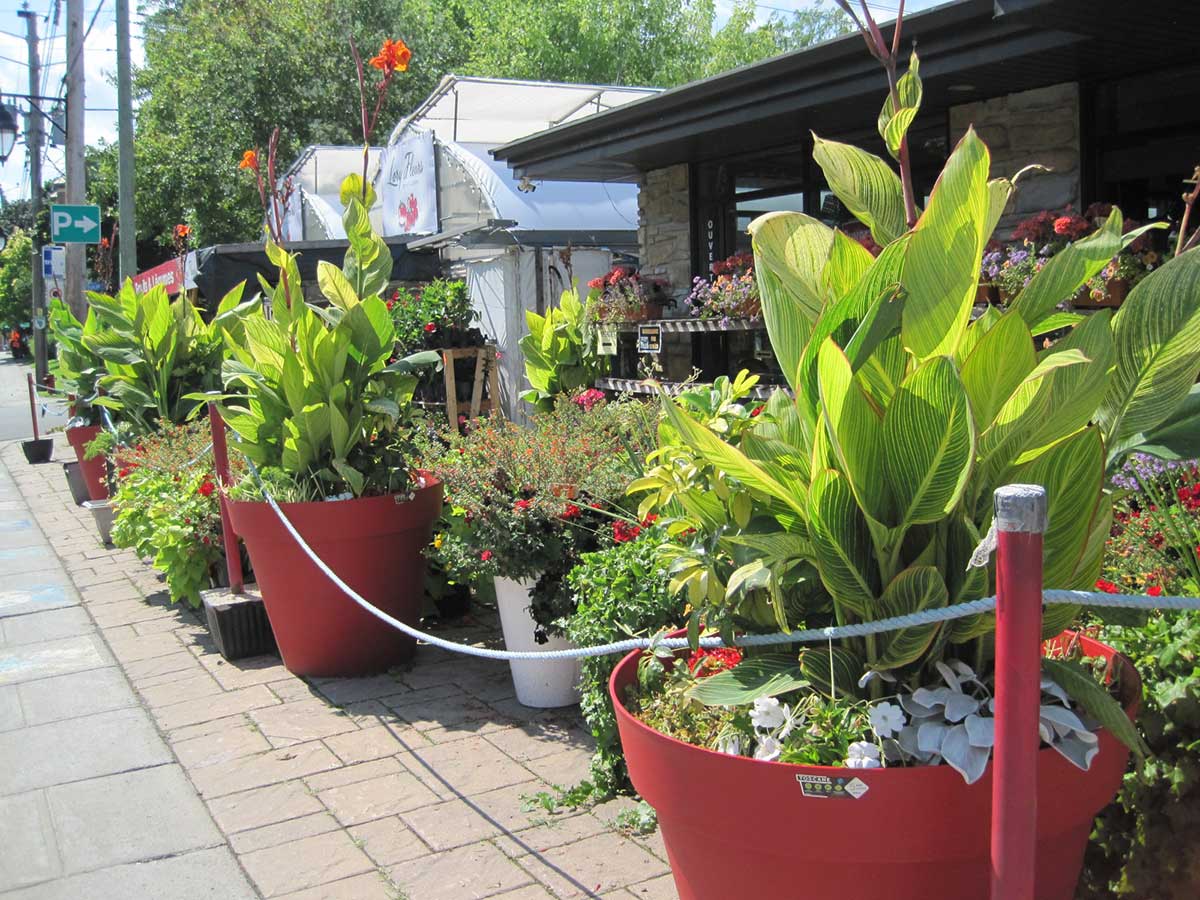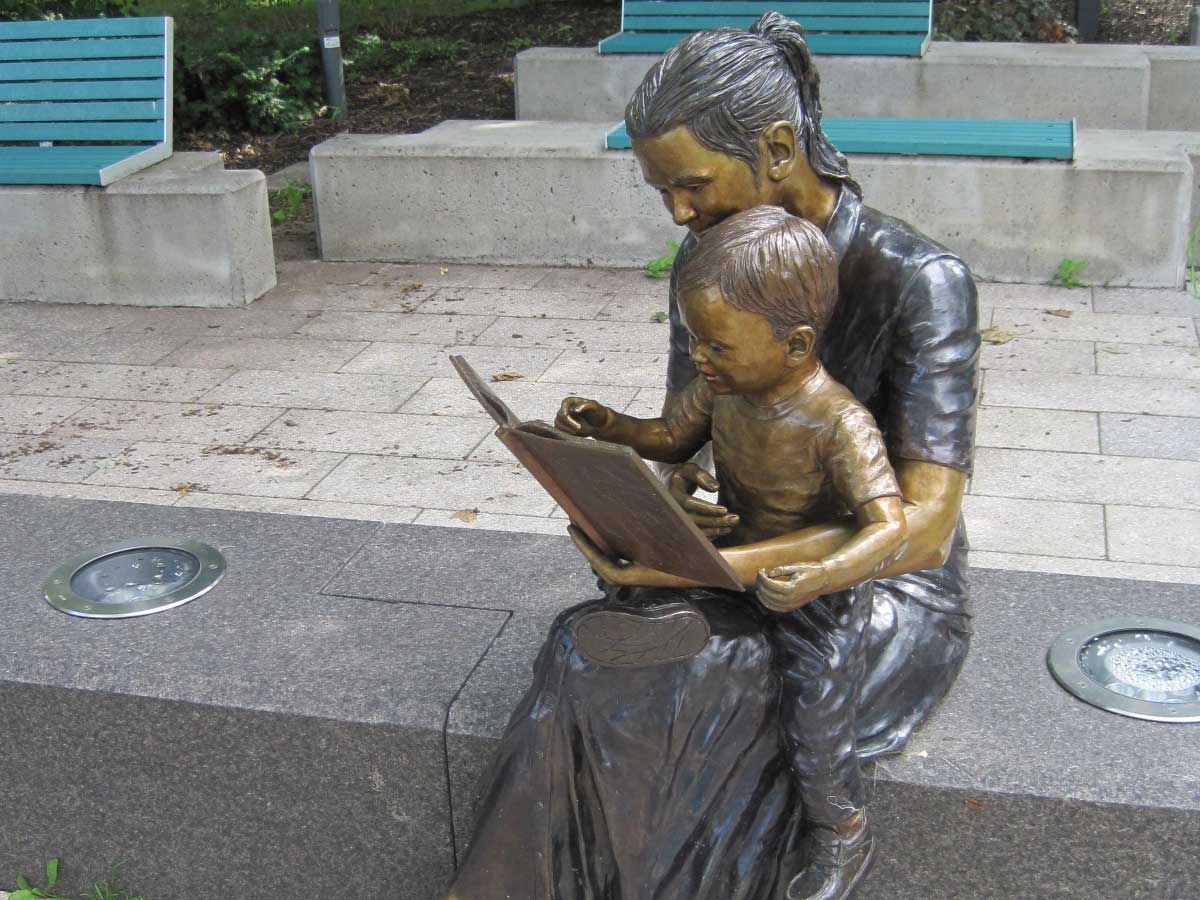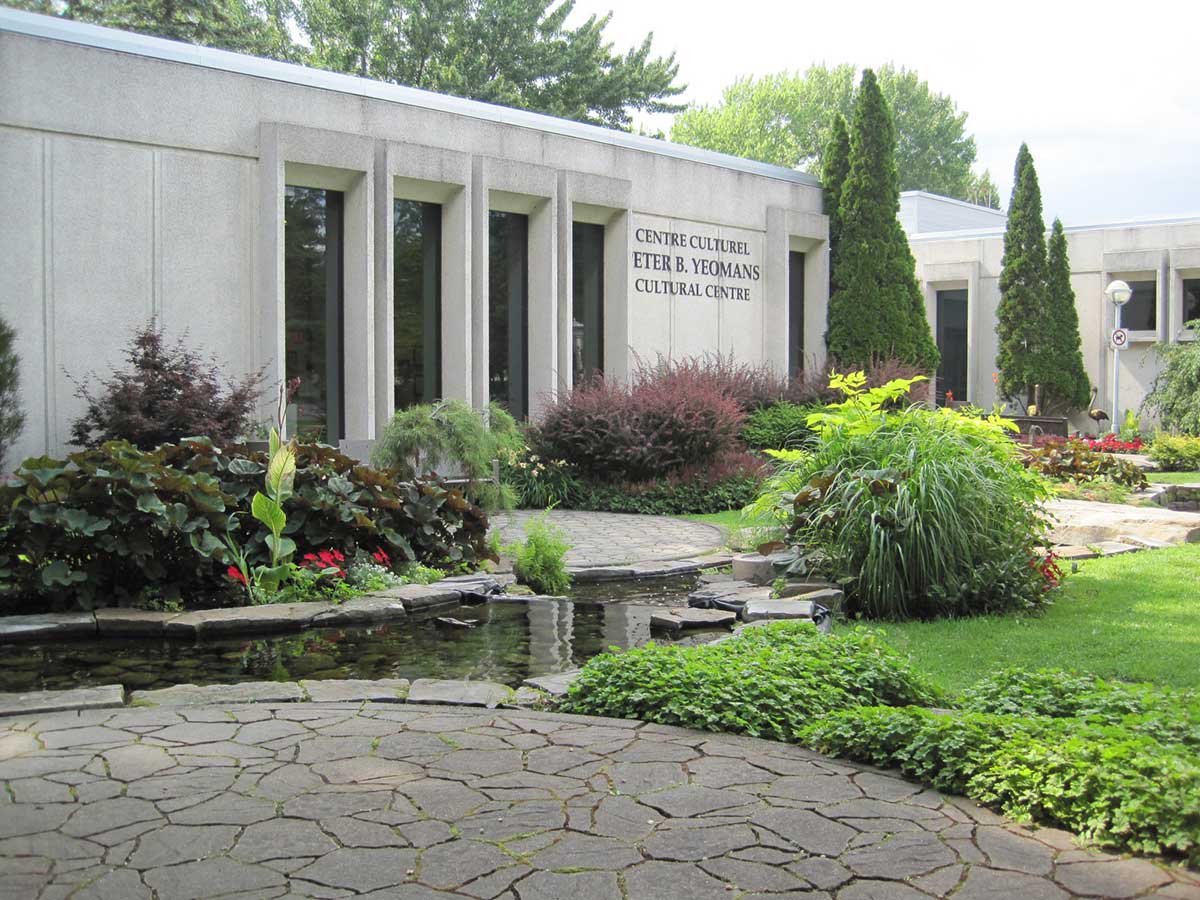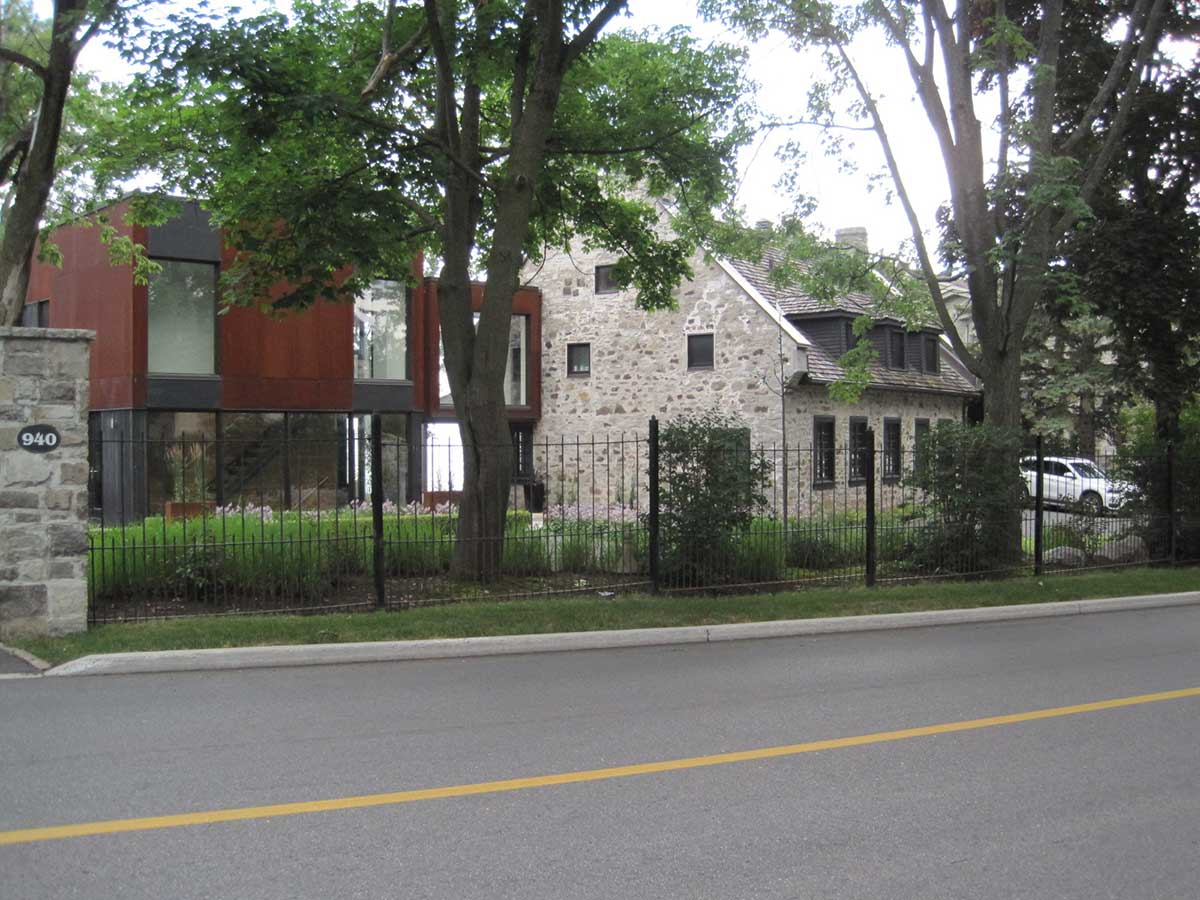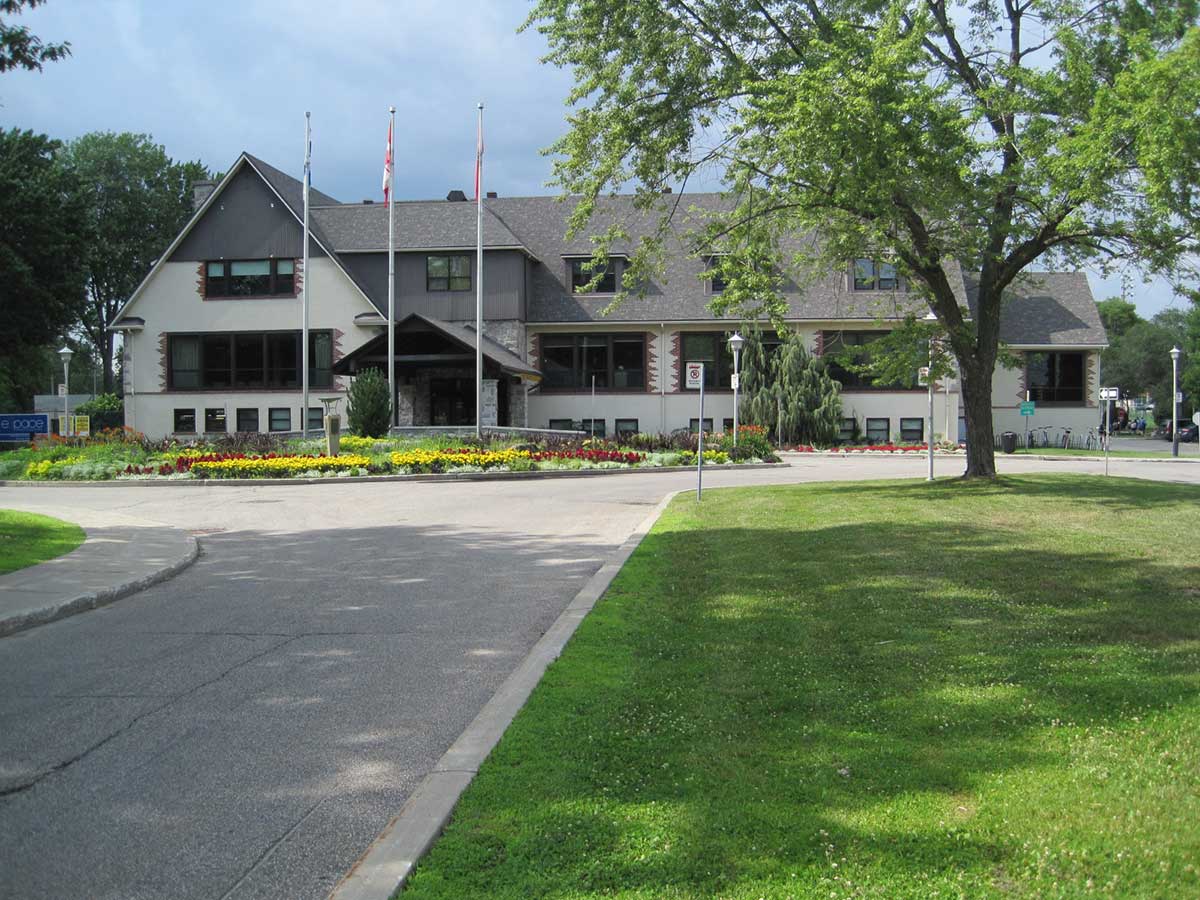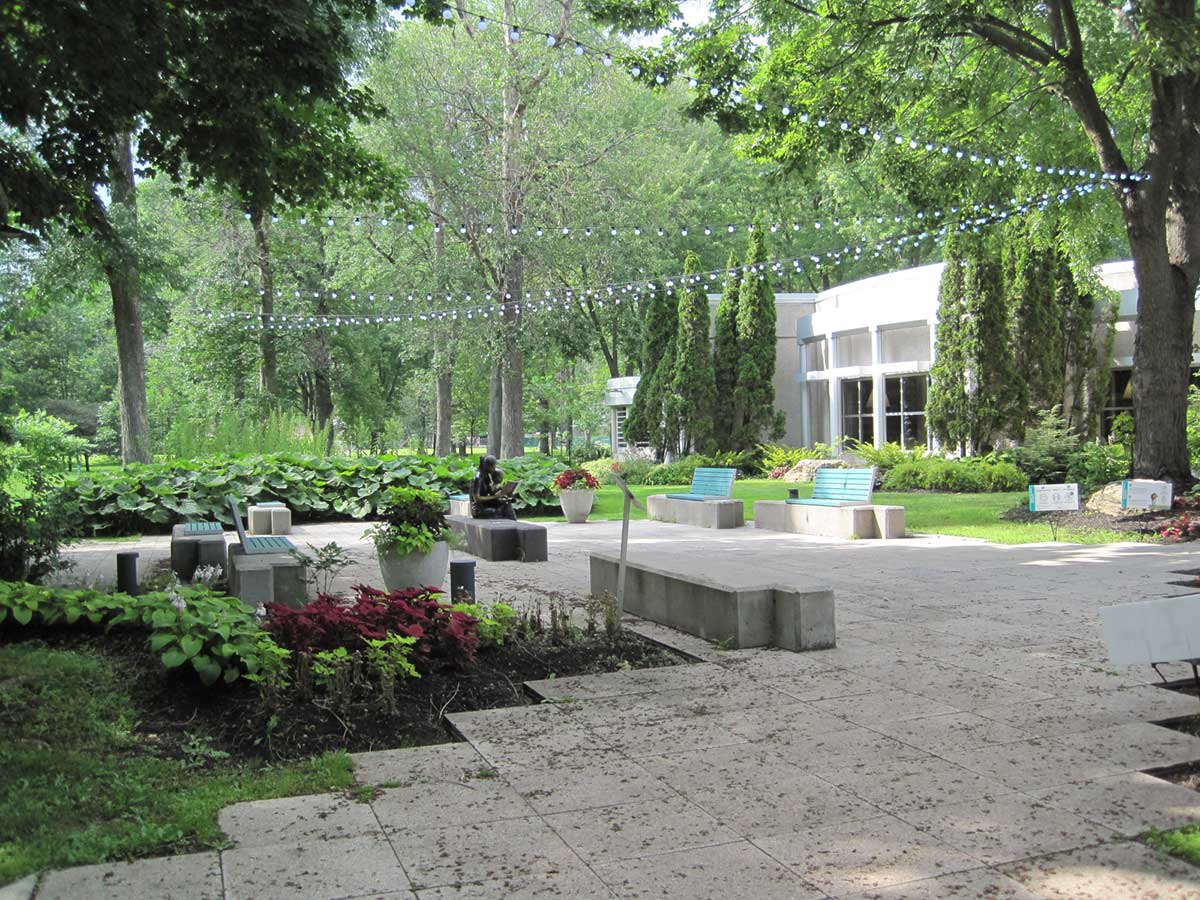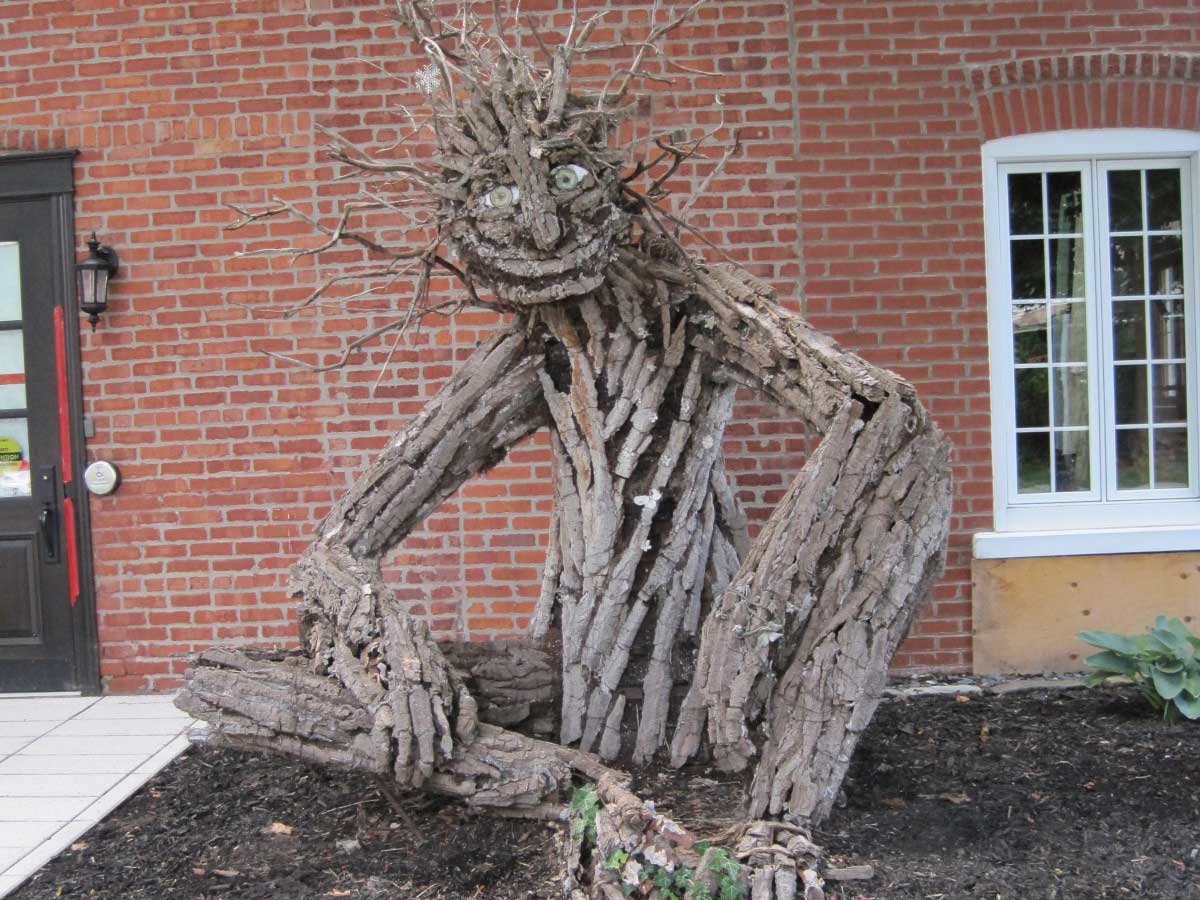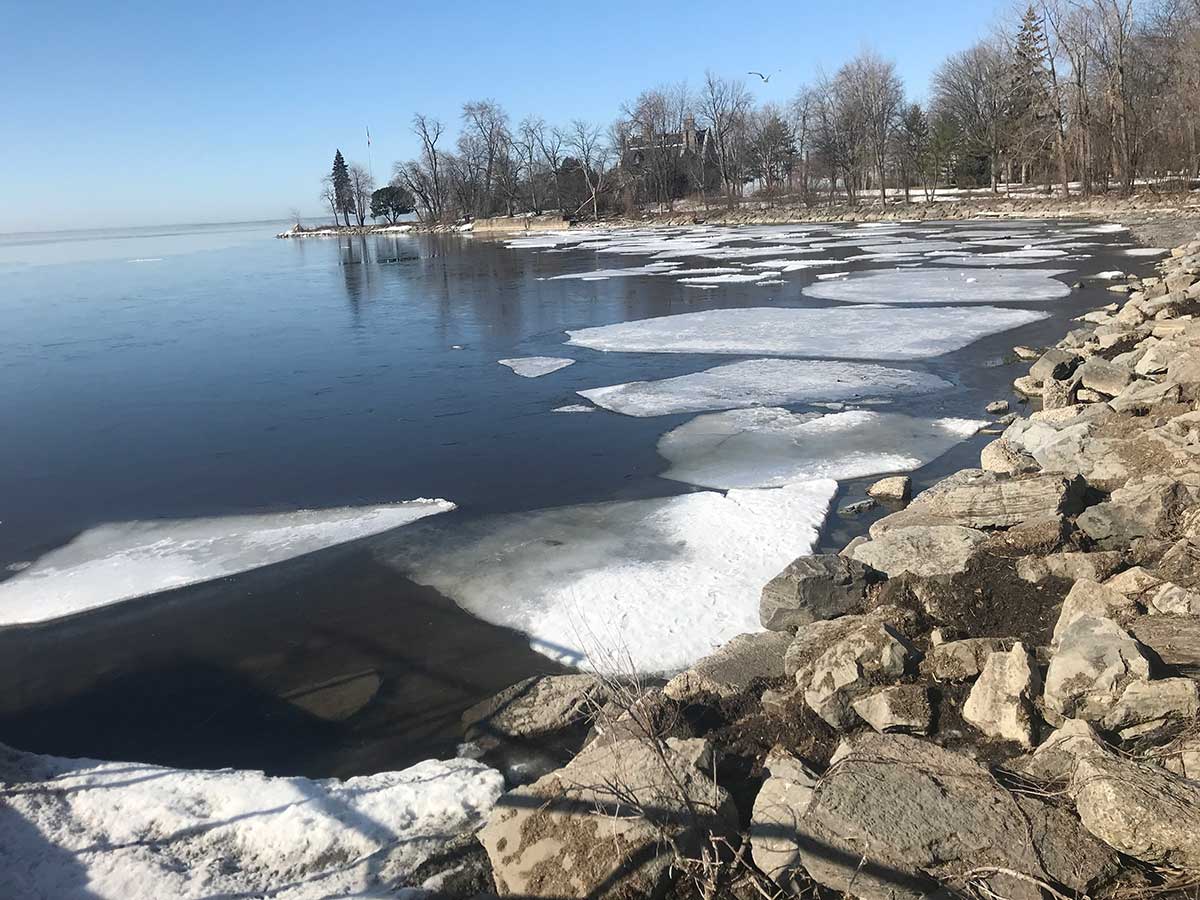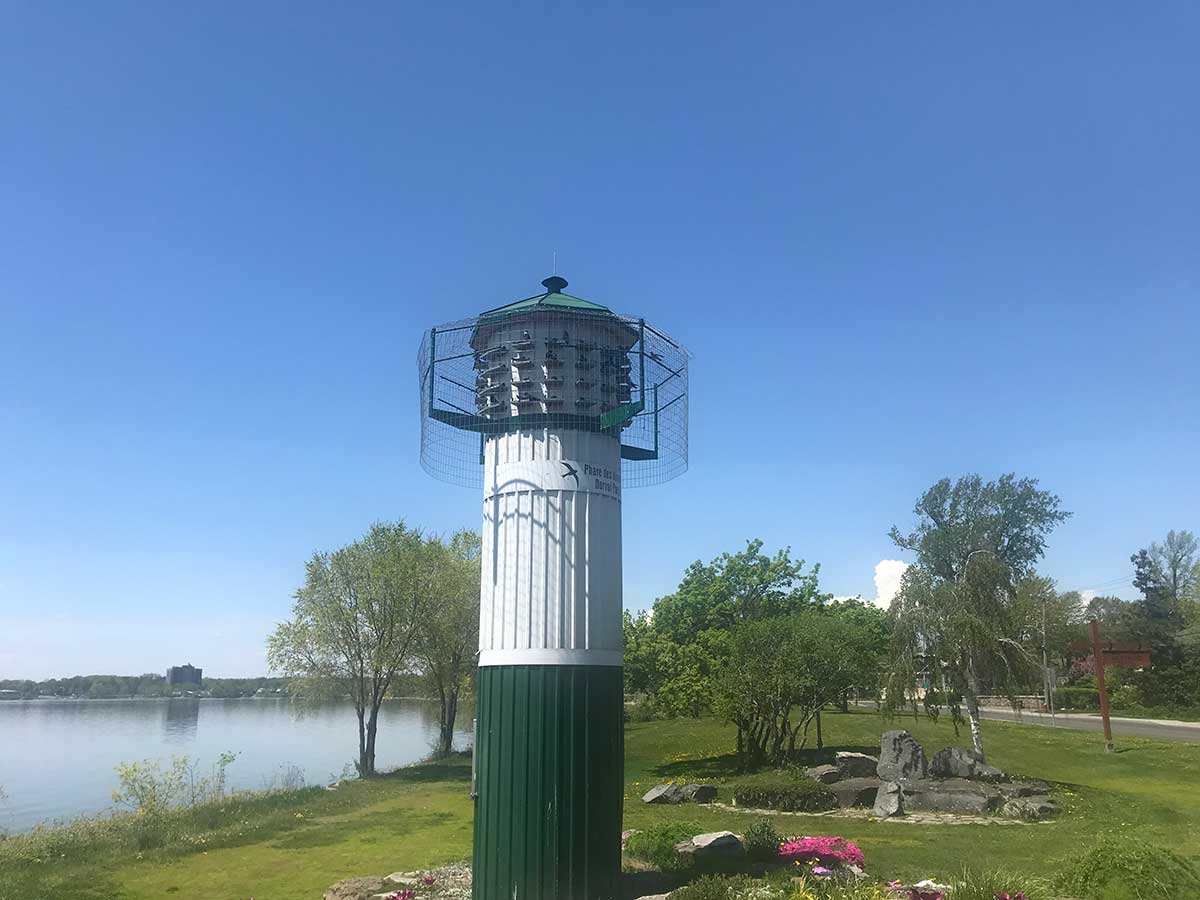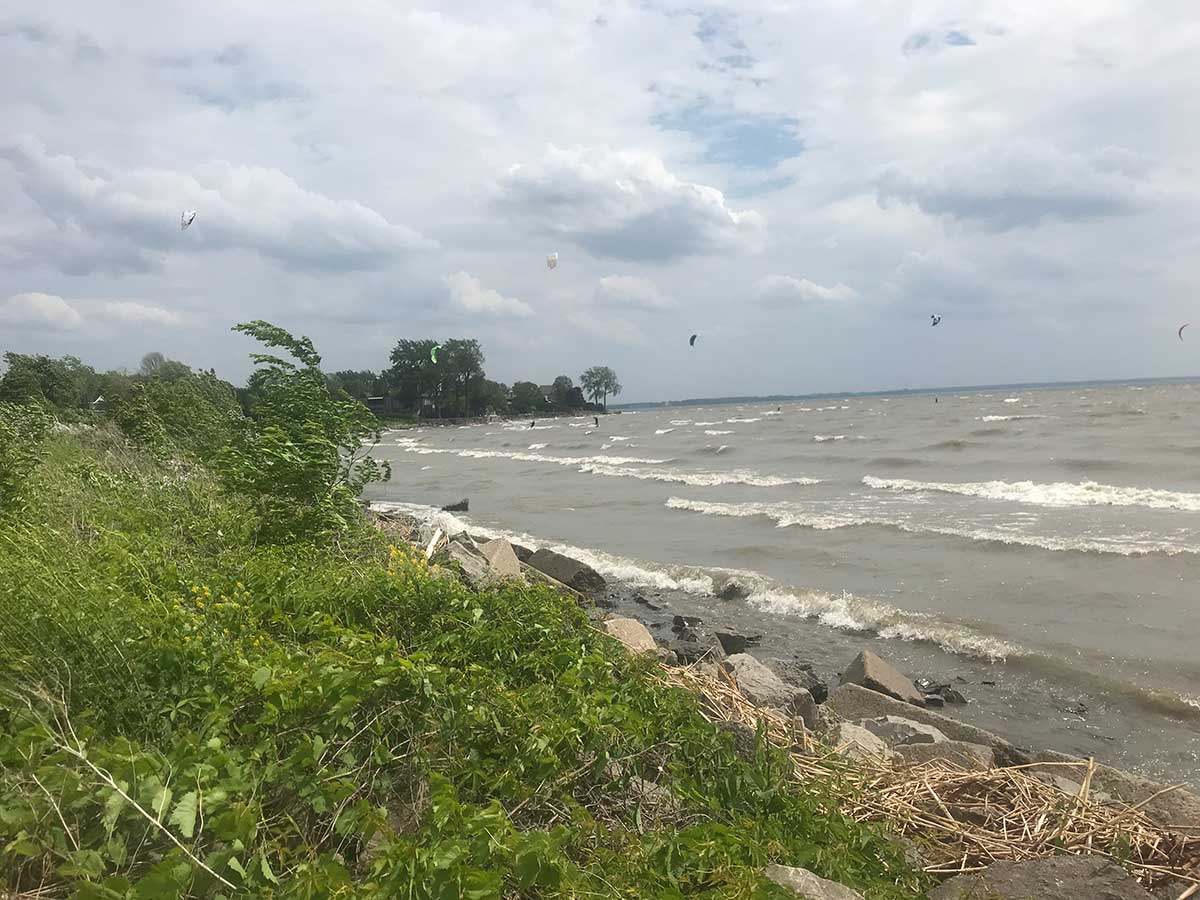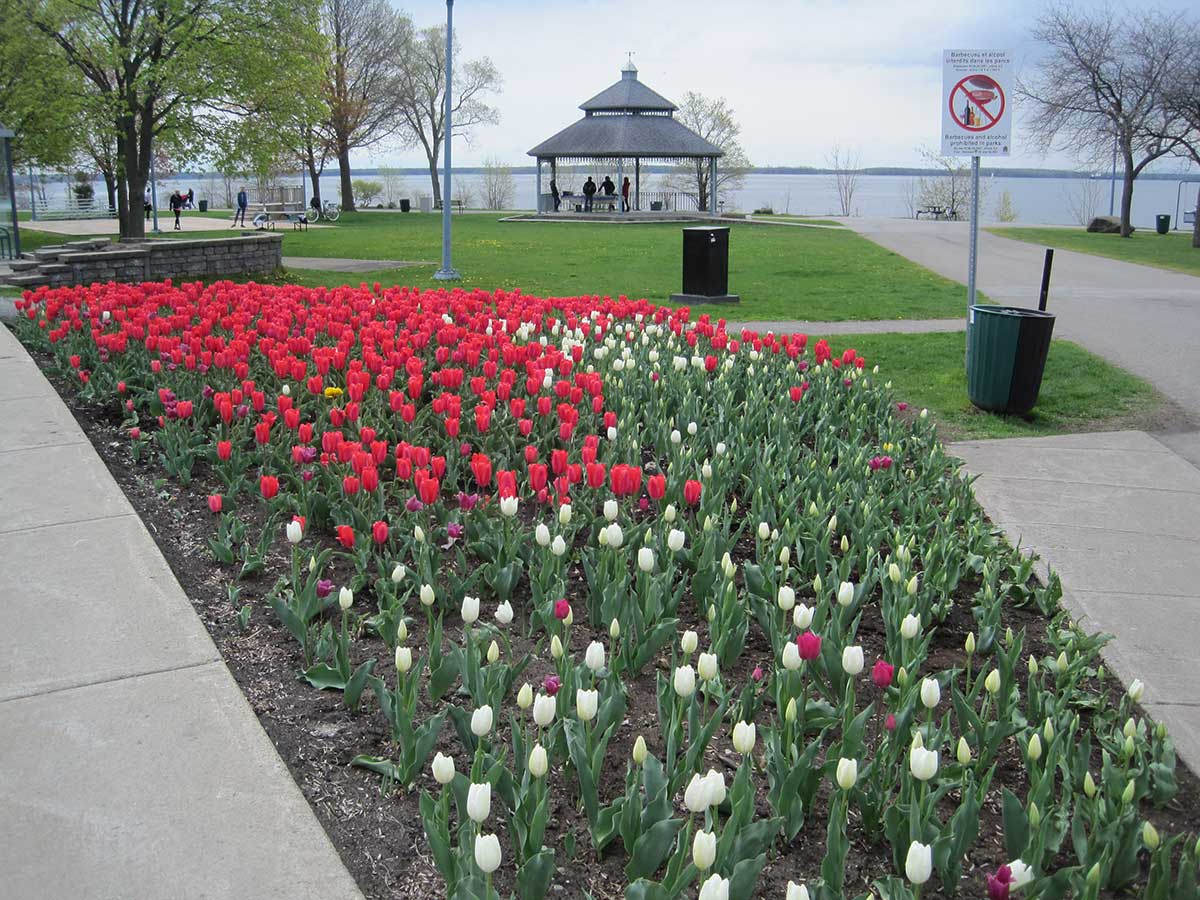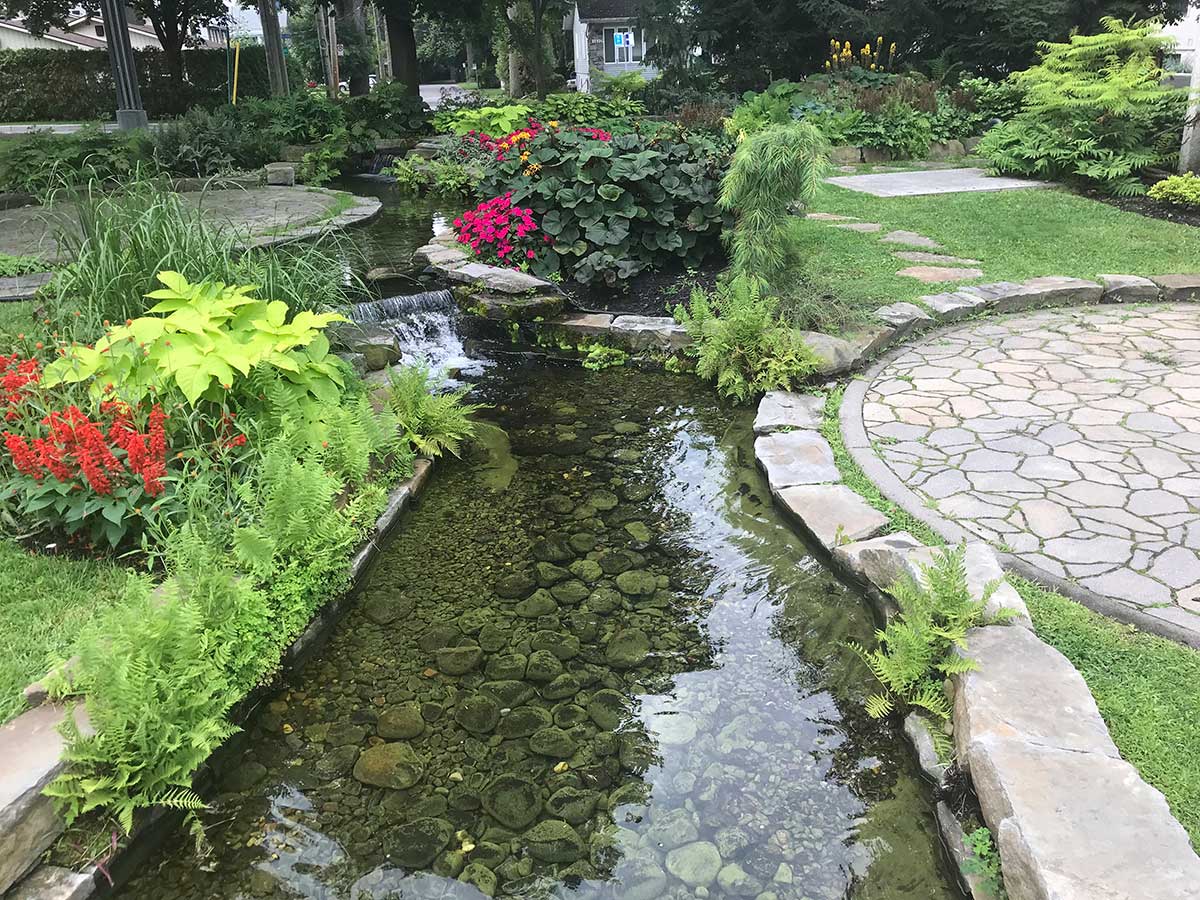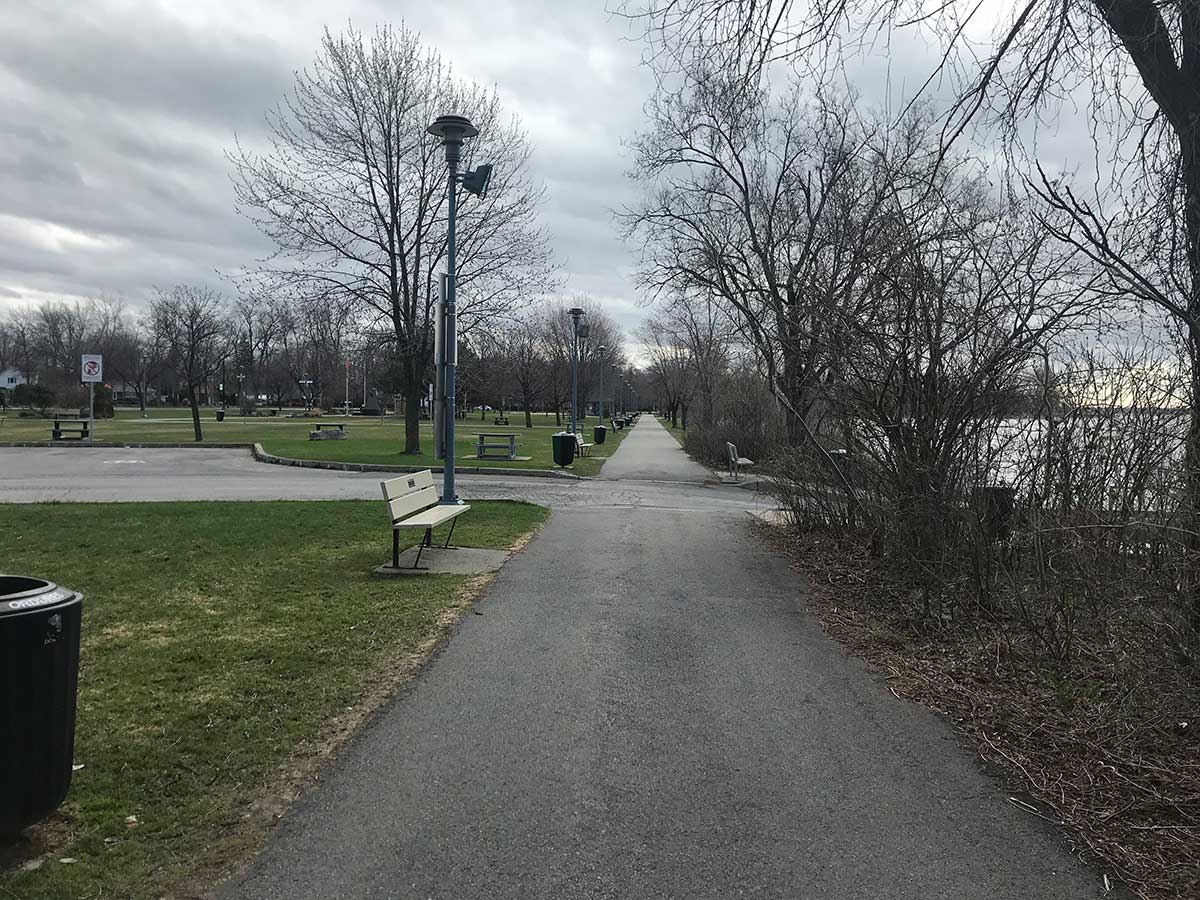Dorval is both the West Island’s oldest and largest city (in terms of its landmass). With a population of about 19,000, Dorval dates to 1665 when Sulpician priests created a mission there. Incorporated as a village in 1892, it became a city in 1956. Like its immediate neighbours to the west (Pointe Claire and Beaconsfield), Dorval became a magnet for summer vacationers after the Grand Trunk Railway connected it with Montreal in 1855. Between the two World Wars, it was also connected to the city by a now-defunct streetcar.
Montreal’s international airport (Pierre Trudeau International Airport) accounts for about 60 per cent of Dorval’s territory. It began in 1941 as an airfield for the Royal Air Force Ferry Command, which flew fighter planes—built in the U.S. and Canada—to the war effort in England. After the war, the airport became Montreal’s civilian airport.
Dorval boasts an island off its shores—with 58 summer cottages—reachable by ferry during the warm months.
Dorval fast facts:
Schools:
English: Dorval Elementary
Français: École Secondaire Dorval Jean XXIII, École Gentilly, Académie Sainte-Anne, Centre d’éducation des adultes Jeanne-Sauvé.
Recreation and Leisure: Aquatic and sports complex, two arenas, library, two community centres, cultural centre, Dorval Museum of History and Heritage, Serge Nolet Auditorium.
Outdoor Activities: Bike park and bike paths, shoreline green spaces with picnic areas, public boat-launch ramp, Royal St. Lawrence Yacht Club, outdoor skating rinks, golf course, two skate parks, two splash parks, outdoor exercise circuit training in two parks.
Houses of Worship: St. Veronica Church, Strathmore United Church, Lakeshore Evangelical Church, West Island Baptist Church, Celestial Church of Christ, Church of All Saints by the Lake, Église Présentation-de-la-Sainte-Vierge.

